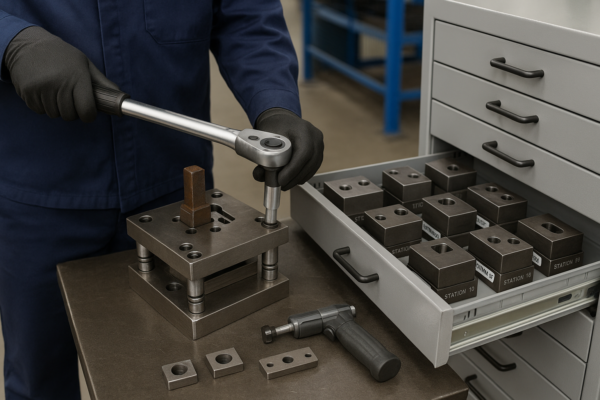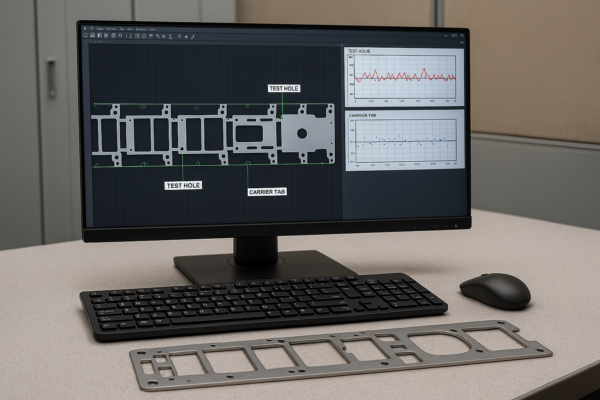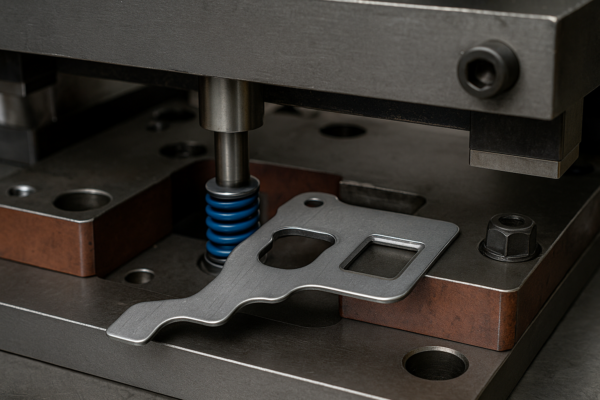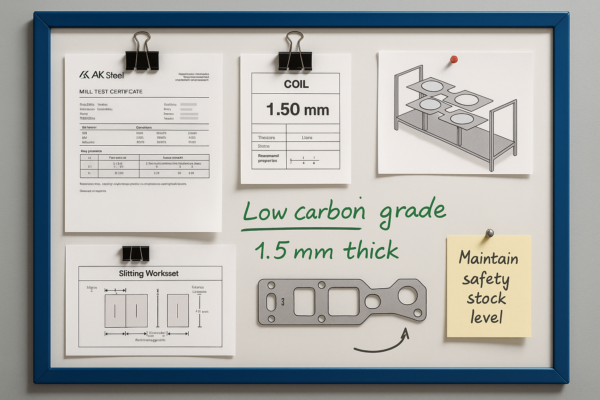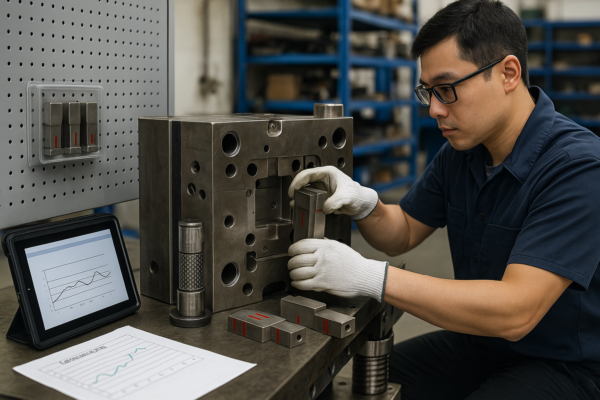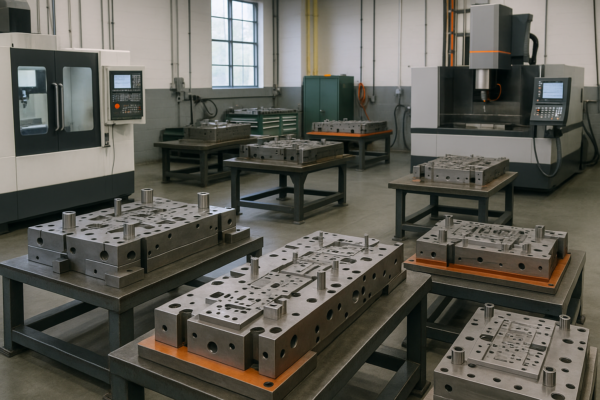From "Manufacturing" to "Intelligent Manufacturing": The Transformation of Metal Parts Industry
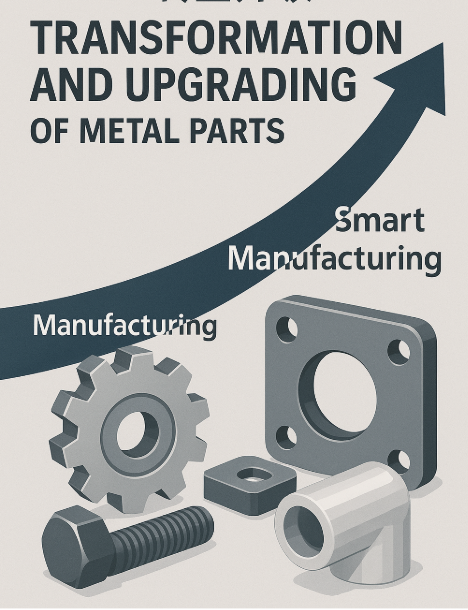
The metal parts industry is undergoing a radical shift from traditional manufacturing to intelligent, data-driven production. At Prime, we’ve witnessed firsthand how AI, IoT, and automation are reducing defects by 40% while cutting lead times in half.
Intelligent manufacturing integrates real-time data analytics (with 95% machine connectivity), predictive maintenance (reducing downtime by 60%), and adaptive CNC machining (achieving ±0.005mm precision), fundamentally reshaping quality control, supply chains, and customization capabilities in metal fabrication.
Let’s examine the key technologies driving this industrial revolution.
How Is AI Revolutionizing Metal Parts Production?
Traditional machining can’t compete with AI’s precision and efficiency.
Our smart CNC systems now:
1) Automatically adjust cutting parameters mid-operation
2) Predict tool wear with 98% accuracy
3) Self-correct dimensional errors in real-time
This has improved our stainless steel milling accuracy by 35% while extending tool life by 2X.
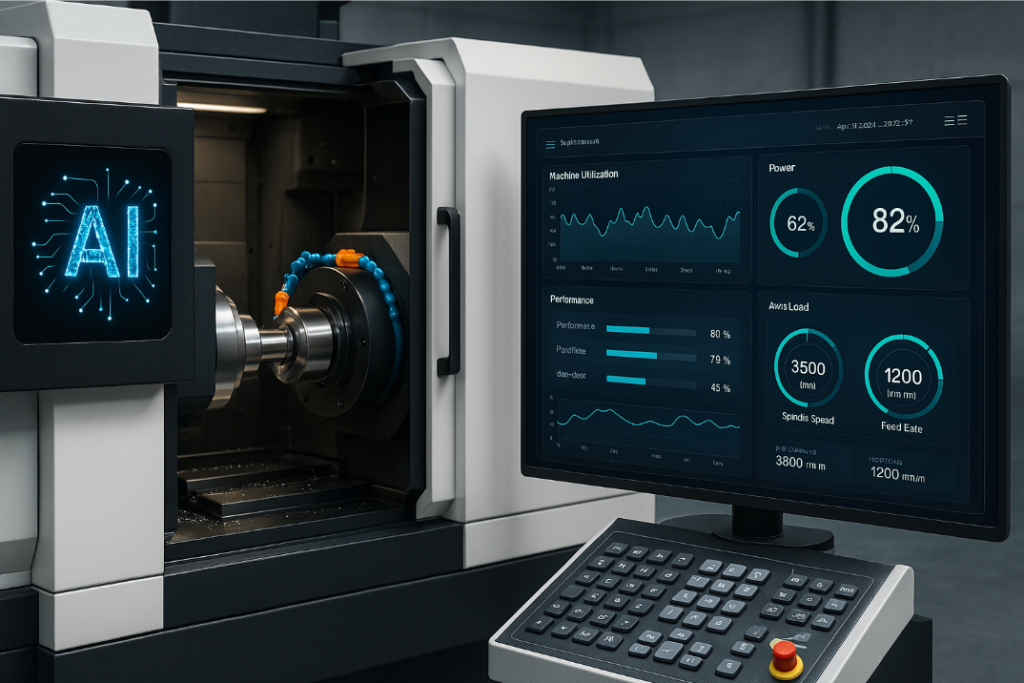
AI Applications in Metal Manufacturing
| Technology | Impact | Prime’s Implementation |
|---|---|---|
| Computer Vision QC | 99.7% defect detection | Installed 2023-Q3 |
| Adaptive Machining | 25% faster cycle times | All new CNC retrofits |
| Generative Design | 40% material savings | Used for aerospace clients |
| Digital Twin Simulation | 90% fewer prototypes | Full rollout by 2025 |
What Role Does IoT Play in Smart Factories?
Connected machines create a living manufacturing ecosystem.
Our workshop’s 300+ IoT sensors track:
• Vibration patterns predicting bearing failures 8hrs in advance
• Thermal variations affecting dimensional stability
• Energy consumption per part produced
This data has reduced unexpected outages by 75% since 2022.
IoT Implementation Case Study
| Parameter | Before IoT | With IoT | Improvement |
|---|---|---|---|
| Machine Downtime | 14 hours/month | 3.5 hours/month | 75% reduction |
| Energy Waste | 18% of total | 7% of total | 61% decrease |
| Quality Rejects | 3.2% | 0.8% | 4X better |
| OEE Score | 68% | 89% | 31% increase |
Why Are Digital Twins Transforming Prototyping?
Virtual testing eliminates costly physical trials.
Our digital twin system allows:
1) Stress-testing designs under extreme conditions
2) Simulating cutting forces before machining
3) Predicting thermal deformation in castings
This has shortened our development cycles from 6 weeks to 9 days.
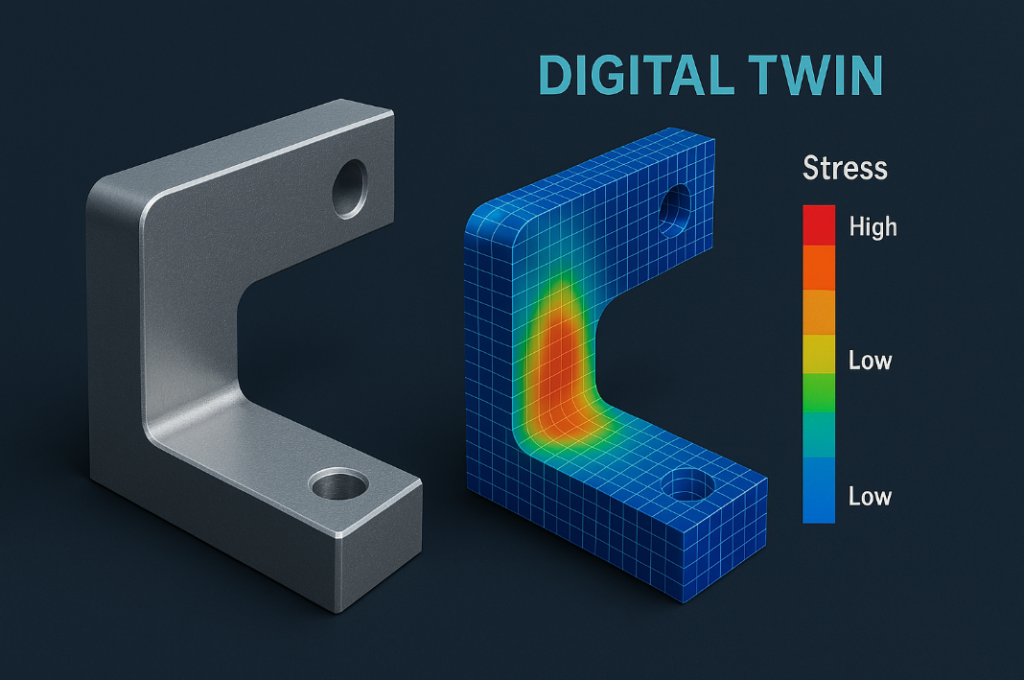
Digital Twin vs Traditional Prototyping
| Factor | Traditional Approach | Digital Twin | Advantage |
|---|---|---|---|
| Lead Time | 4-6 weeks | 5-10 days | 5X faster |
| Cost per Iteration | $3,200+ | $380 | 89% savings |
| Failure Detection | Physical testing | Virtual analysis | Early warning |
| Design Flexibility | Limited changes | Unlimited variants | More innovation |
Conclusion
The intelligent manufacturing revolution is elevating metal parts production through AI-driven precision, IoT-enabled predictability, and digital twin efficiency. Manufacturers embracing these technologies now will lead in quality, speed, and customization – Prime’s smart factory transformation proves these benefits are achievable today.

